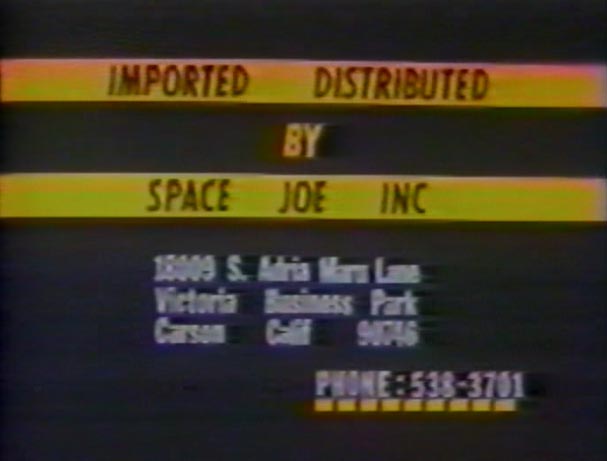Also the KIKU timeline from the same era:
KHNL-TV History wrote:
1966 - Richard Eaton, President of Friendly Broadcasting Company of Ohio and United Broadcasting Company of Maryland, bought KTRG on January 15 for $605,000. The station moved to 150-B Puuhale Road.
1967 - KTRG changed to KIKU (Chrysanthemum in Japanese) Channel 13. Owner Eaton unveiled the new name, with a marked increase in Japanese broadcasting, on October 5, along with "plans to go color." Japanese programming was scheduled from 5-10PM, with English presentations running from 1-5PM, and 10-11PM.
1979 - The Cushmans of San Diego, in partnership with TV Asahi of Tokyo and ten local investors, formed Mid-Pacific Television Associates and bought KIKU on April 9. Japanese programming was pared-down and moved to late evening; KIKU switched to a "kid vid" format, scoring success with "The Children's Hour" and "Professor Fun."
1984 - Rick Blangiardi, former Sales Manager of KGMB (CBS affiliate), became General Manager in February. Channel call letters changed from KIKU to KHNL. The station began to actively market itself as "The News Alternative" and "The Free Movie Channel." The broadcasts of the WAC Baseball Tournament in May, and subsequent NCAA Regionals in Arizona marked the beginning of KHNL's close relationship with the University of Hawaii Athletic Program.
K.M. Richards of UHFTelevision.com goes into a bit more detail on Richard Eaton, although that doesn't exactly pin down who was making the decision to subtitle, or how they were connected exactly to Marukai Trading:
K.M. Richards wrote:By the end of 1971, Eaton appeared to have had enough of television, and announced his intent to sell all six of United's TV stations. In that year, WFAN-TV had incurred $135,694 in cumulative operating losses; WMET-TV in the same period lost $72,354; WMUR-TV, $64,504; KECC-TV, $58,949, and KIKU/13 Honolulu HI (which Eaton had acquired in 1966), $89,524. United also claimed unrecovered investments on the WJMY CP of $639,898 and said the total losses from television -- which totalled approximately $4 million, including unamortized investments -- had wiped out the profits from the radio stations by $75,124 in 1970 and $30,614 in 1971. To make matters worse, as 1972 began the FCC designated the Cleveland radio stations' renewal for hearing due to allegations of equal-time and Fairness Doctrine violations, failure to file time-brokerage contracts and exercise adequate control over brokered programming, contest rigging, and misrepresentations regarding the stations' news staff and news and public affairs programming in the renewal application. (The proceedings took until 1982 and the licenses were renewed.)
The initial decision regarding WMUR-TV and KECC-TV was released in 1974, with the licenses renewed on the condition that United sell the stations under the "distress sale policy"; Eaton announced a sale of both at the end of 1977 pending the decision being made final, but it took until 1981 for the remaining legalities to be resolved and the stations sold. In the interim, KIKU was sold at the end of 1979 (it is today's KHNL-TV). KECC-TV's call letters were changed to KECY-TV after the sale.
(
http://www.uhftelevision.com/articles/wook.html)
So I guess the backdrop for bringing Raideen and such cartoons to America in the mid-70s was an absentee owner embroiled in lawsuits on the mainland who was looking to sell an unprofitable station and keep the lights on in the meantime?


